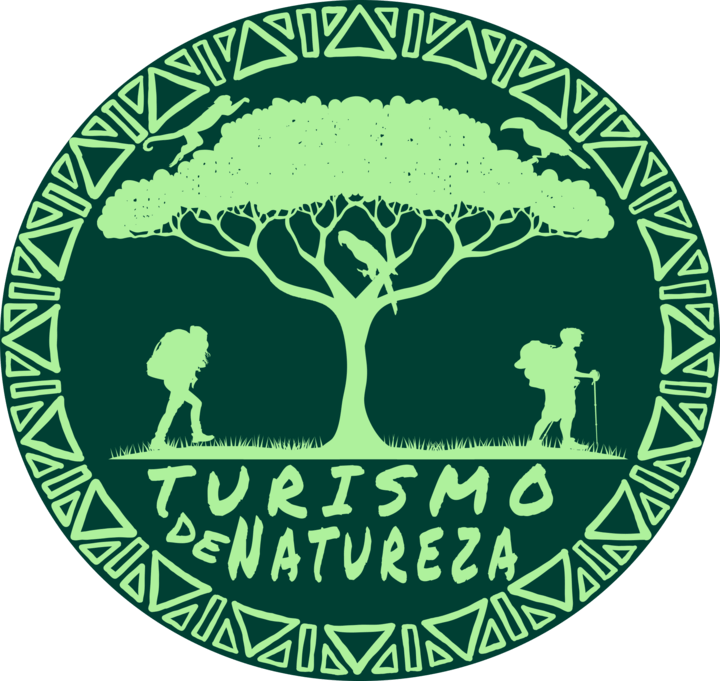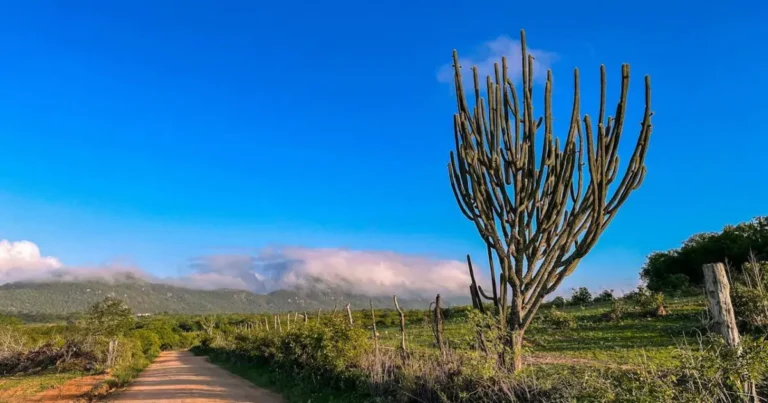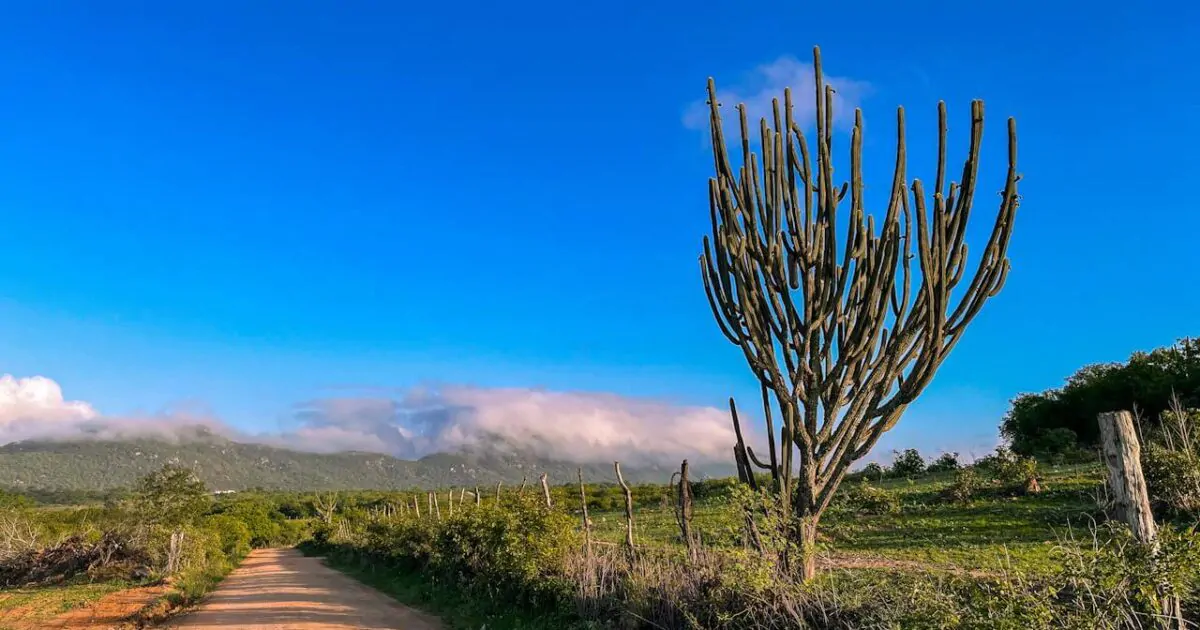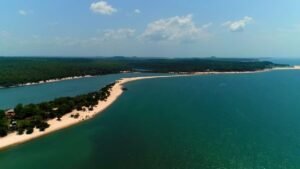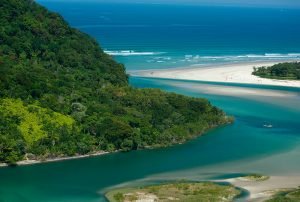The Caatinga, Brazil’s natural treasure, holds incredible secrets that reflect its unique biodiversity and importance to the ecosystem. In this article, we dive into 25 fascinating facts about the Caatinga, connecting you with this amazing biome.
Discovering the Wonders of the Caatinga: 25 Fascinating Facts and Riches of the Biome

1. Endemism in Fauna
Recent studies have identified 327 animal species unique to the Caatinga, including 13 mammals, 23 lizards, 20 fish, and 15 birds. Additionally, there are 323 endemic plant species found within this biome.
2. Endemism in Flora
The Caatinga is home to 323 unique plant species, showcasing the unique botanical richness of this Brazilian biome.
3. Territorial Range
Covering nearly 10% of Brazil’s territory, the Caatinga spans approximately 740,000 km².
4. Insectivorous Guardians
Conserved areas of the Caatinga can host up to 200 species of ants, playing a crucial role in ecological balance.
5. Challenges of Degradation
Sadly, half of the Caatinga has been impacted by human activity, with 15% to 20% of the biome in a high state of degradation.
6. Birds in Danger
The Spix’s macaw and Lear’s macaw face the risk of extinction, with fewer than 150 individuals fighting for survival.
7. Thermal Extremes
During the dry season, soil temperatures can reach a staggering 60°C, challenging the life adapted to this unique environment.
8. Survival Strategies
The loss of leaves during the dry season is a strategic adaptation that helps plants conserve water and energy.
9. Biological Exclusivity
Unique in its diversity, the Caatinga encompasses 8 northeastern states, representing 10% of the national territory and 70% of the northeastern region.
10. Radiant Luminosity
With about 2,800 hours of sunlight per year, the Caatinga stands out as the “biome of light,” especially in Ceará.
11. Pedological Diversity
The crystalline and sedimentary soils of the Caatinga contribute to its biological richness and unique adaptability.
12. Arboreal Caatinga
Tall forests, with trees reaching up to 20 meters in height, create a lush landscape in the rainy season.
13. Shrubby Caatinga
Lower areas display a shrubby Caatinga, with smaller trees associated with cacti and bromeliads.
14. Intricate Vegetation
The Carrasco, with its dense, tangled shrubs, challenges even the most intrepid explorers, found only in the western part of the Ibiapaba plateau and south of the Arapique plateau.
15. Persistent Dry Forest
With leaves that withstand drought, the Dry Forest forms forests on slopes and mountain tops.
16. Day of Celebration
National Caatinga Day, on April 28th, honors the legacy of Professor João Vasconcelos Sobrilho and highlights the biodiversity of the biome.
17. Inselberg
The ‘inselberg,’ a unique rock, symbolizes the Caatinga’s natural resistance to erosion.
18. Millennial Transformations
12,000 years ago, the Caatinga experienced a humid period, witnessing dramatic seasonal changes.
19. Juazeiro
The Juazeiro is a resilient plant that keeps its green leaves even during droughts due to its roots that tap into underground moisture. Unlike many species, the Juazeiro does not shed its leaves during dry periods and can reach up to 16 meters in height.
20. Macambira
Macambira is a bromeliad that thrives in sunlight, noted for its succulent leaves. Its leaves are used for cattle feed, flour, and mush production, while its stalk is widely used in roofing.
21. Caatinga Cuisine
Brazilian cuisine gains diversity by incorporating unique ingredients from the semi-arid region, such as umbu, juazeiro, passion fruit from the Caatinga, and cacti, previously used only in animal feed. This practice, extending beyond the semi-arid borders, enriches national gastronomy.
22. Intermittent Hydrography
Intermittent rivers, like the São Francisco, define the hydrography of the Caatinga, flowing only during the rains.
23. World Heritage
The Serra da Capivara National Park, predominantly Caatinga, is recognized by UNESCO as a World Heritage Site.
24. Adapted Felids
The felids of the Caatinga, although smaller, are examples of adaptation to the less abundant resources.
25. Carnaúba
The emblematic tree of the Caatinga, the Carnaúba, is notable for its waterproofing wax, used in various industries and generating over 100,000 jobs between the states of Ceará, Rio Grande do Norte, and Piauí.
Conclusion
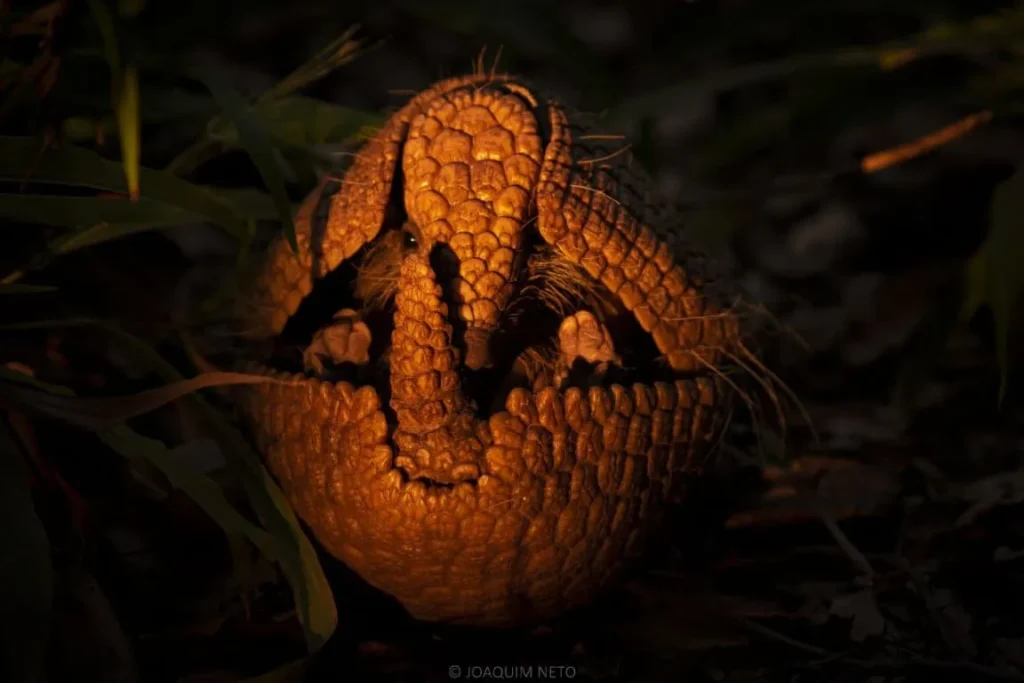
As we uncover these curiosities, we invite you to explore the richness of the Caatinga, a biome deserving our attention and preservation. Connect with nature, discover its secrets, and contribute to the conservation of this Brazilian heritage.
Discover more fascinating facts about other biomes:
